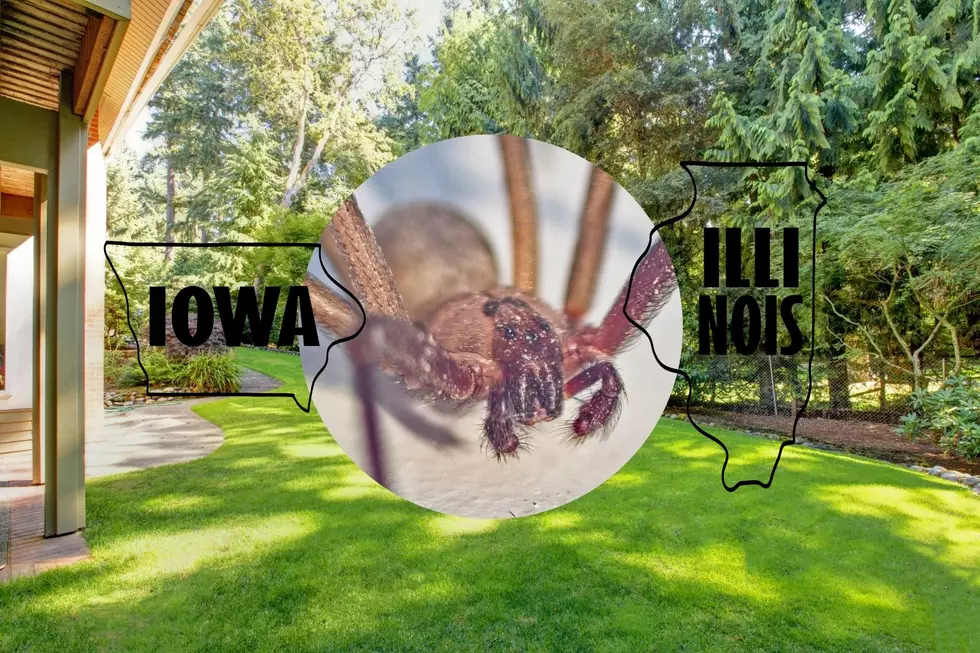
Farm Headlines for Monday, January 9, 2017
Syngenta Calls Palmer Amaranth No. 1 Weed to Watch For
Syngenta agronomists are calling last year’s most noxious weed, Palmer Amaranth, the number one weed to watch for in 2017. It’s continuing to spread north into new states and shows resistance to multiple herbicide modes of action. Palmer Amaranth has earned the title of top weed as it’s reduced soybean yields up to 79 percent and corn yields 91 percent.
Palmer Amaranth was found in Minnesota for the first time last fall, coming a year after the first sighting in South Dakota. States are now confirming the spread of Palmer Amaranth that is resistant to multiple herbicides. Last October, the University of Missouri identified an infestation that was resistant to glyphosate and PPO inhibitors. The more producers apply a particular mode of action, the quicker Palmer Amaranth not only becomes resistant but spreads those resistant genes to other locations.
Things producers can do to help slow the spread include regular mowing of ditches, waterways, and field borders. They should also meticulously clean machinery like combines. To delay or prevent growth in fields, producers need a program that integrates a portfolio of herbicides together with complementary practices like crop rotation.
Analyst Predicting $6 Soybeans in 2017
Soybean acres are predicted to rise as corn and wheat prices continue to struggle. Richard Brock of Brock and Associates in Chicago is predicting that planted acres will rise from 83 million this year to 87 million in 2017. That much of an increase would come with much more carryover.
An Ag Web Dot Com article says the carryover stocks currently are 480 million bushels and Brock says that number could rise to 800 million bushels. He’s predicting that the biggest market movement next year will be soybeans heading lower. Brock’s forecast includes cash soybeans in Iowa around $6 a bushel and he calls this his “optimistic forecast.”
Brock feels there are still opportunities ahead for producers, saying, “An opportunity is not necessarily just the market going up, but knowing which direction they’re going to go in and then taking advantage of that marketing.” He says it’ll be important to forward sell, aggressively price, and hedge your production and the producer who does that will have a big advantage over his neighbor who does nothing.
Source: NAFB News
More From AM 950 KOEL






![See Inside Johnny Cash’s Spectacular Real Estate Holdings [Pictures]](http://townsquare.media/site/204/files/2024/04/attachment-johnny-cash-real-estate.jpg?w=980&q=75)


